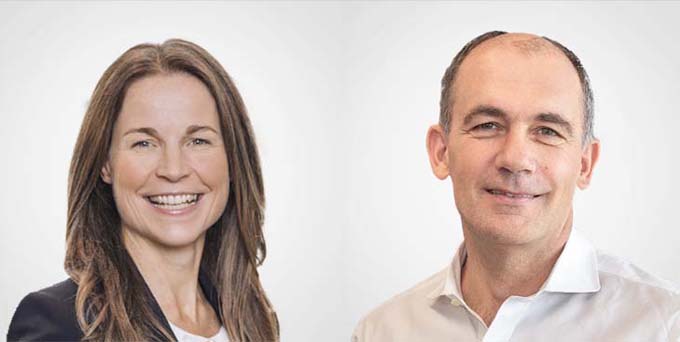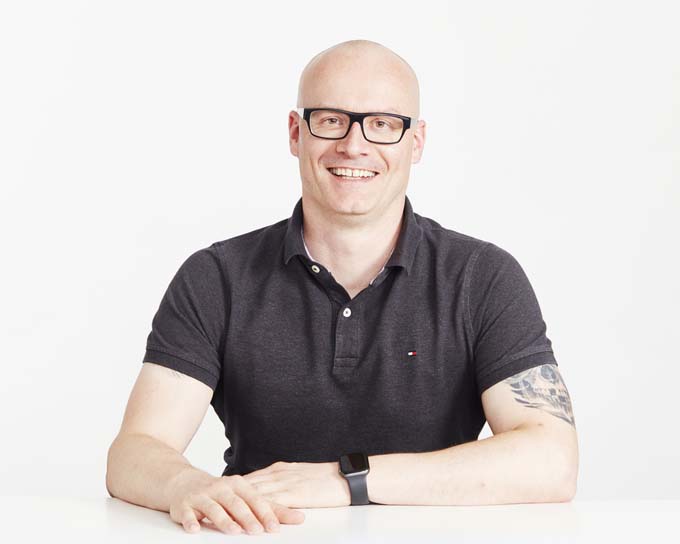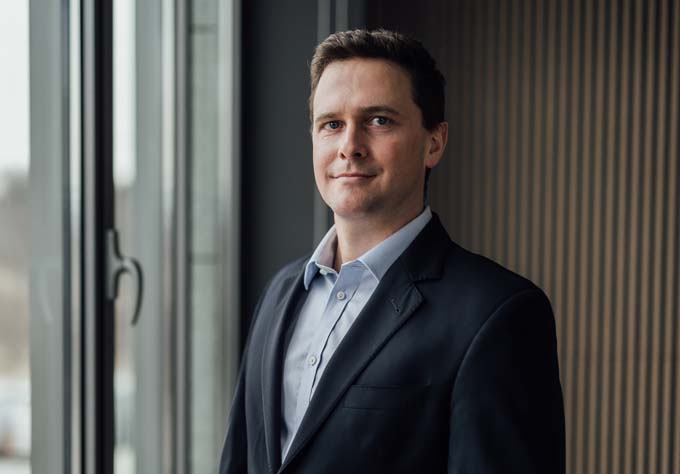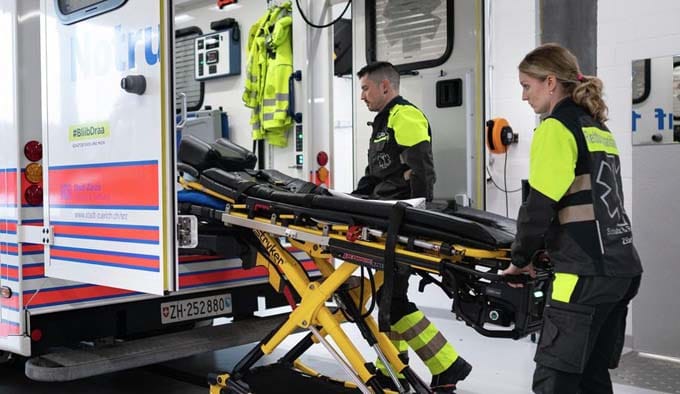Digital standstill in the real estate industry - despite AI and investments
Last year, the discussion surrounding the digital transformation in the Swiss construction and real estate industry expanded to include artificial intelligence. However, the latest edition of the Digital Real Estate Survey shows that the industry has not yet been able to exploit its potential profitably. The level of digital maturity is stagnating for the first time in four years.

In the Digital Real Estate Survey 2024, the Digital Real Estate Index was calculated for the sixth time. The index measures the extent to which real estate companies are dealing with digitalization and the extent to which they have already taken and implemented measures. The calculation is based on 25 indicators in five clusters and 12 technologies. On a scale of 1 to 10, the current digitalization maturity is rated at 4.6, which represents a decrease of 0.1 points across the entire market compared to the previous year for the first time since 2020. The Swiss index shows no change compared to the previous year.
While planners and building contractors recorded progress thanks to building information modeling (BIM), the index for owners and investors remained unchanged. The decline in the assessment of the digital maturity level of property managers and facility management service providers compared to the previous year is striking.
Investment in digitization slightly declining
The digital standstill raises questions, particularly from a financial perspective: A considerable majority of around two thirds of the companies surveyed invest more than one percent of their turnover in innovation and digitalization, with one in five companies even investing more than five percent in these areas. However, as in the previous year, investments in large companies with over 250 employees continue to decline. Similarly, small companies do not show a stronger tendency to invest compared to medium-sized and large companies. Around 39% of companies with up to 49 employees spend around one percent or less of their turnover on innovation and digitalization.
The concerns expressed in the last study that the interest rate turnaround, supply chain problems and a difficult market environment could at least partially slow down the digital transformation appear to have been borne out. In contrast, the issue of sustainability and the corresponding regulatory requirements are proving to be a major driver of digitalization. Study director Dr. Joachim Baldegger explains: "This is particularly evident among property owners and investors. In previous studies, they always lagged slightly behind the other players in terms of digital maturity. This gap has been closed over the last two years. For the first time, they have caught up with or even overtaken the other roles in terms of digital maturity."
AI at the peak of exaggerated expectations
The analysis of relevant digital technologies in the industry confirms the flagging digital maturity. The only notable change concerns artificial intelligence and machine learning, which were relegated to the realm of inflated expectations on Gartner's hype cycle last year. "It seems that only a few of the respondents already recognize concrete use cases for this technology," explains Dr. Joachim Baldegger. "Only a slightly higher proportion of respondents (32%) confirmed that this technology is either being developed or is already in use. Compared to the previous year, this represents an increase of just 2 percent. Nevertheless, the proportion of companies planning to use AI has risen by four percentage points to 26%."
In contrast, Building Information Modeling (BIM) continues to establish itself in the industry and is becoming increasingly important across almost all roles. Two fifths of respondents use BIM and one fifth (21%) are currently developing this technology (and methodology). It is becoming apparent that the longer BIM is used, the more it will also become an issue for the operational phase. The importance of BIM as the basis for a consistent data model of the building (digital twin) seems to be slowly but surely gaining acceptance in the market.
Smart buildings remain on trend
BIM also paves the way for the increased use of intelligent building technologies and the realization of smart buildings. Smart buildings are still a rarity: only ten percent of respondents state that their own properties are already able to network the digital and analog worlds in a central data platform. Nevertheless, a lot is happening in this area: data is hardly ever read and evaluated manually. Only 16 percent of respondents have no digital measuring instruments at all.
Conserving resources plays the most important role here. 91% of respondents confirm its high to very high importance and almost 100% state that they measure consumption data for their buildings. Commercial and specialist properties are ahead in this respect. They measure and evaluate data to a much greater extent than other property categories. Other advantages of a smart building, such as an increase in user experience, comfort and wellbeing, remain of secondary importance to the survey participants for the time being.
Source: www.pom.ch




















